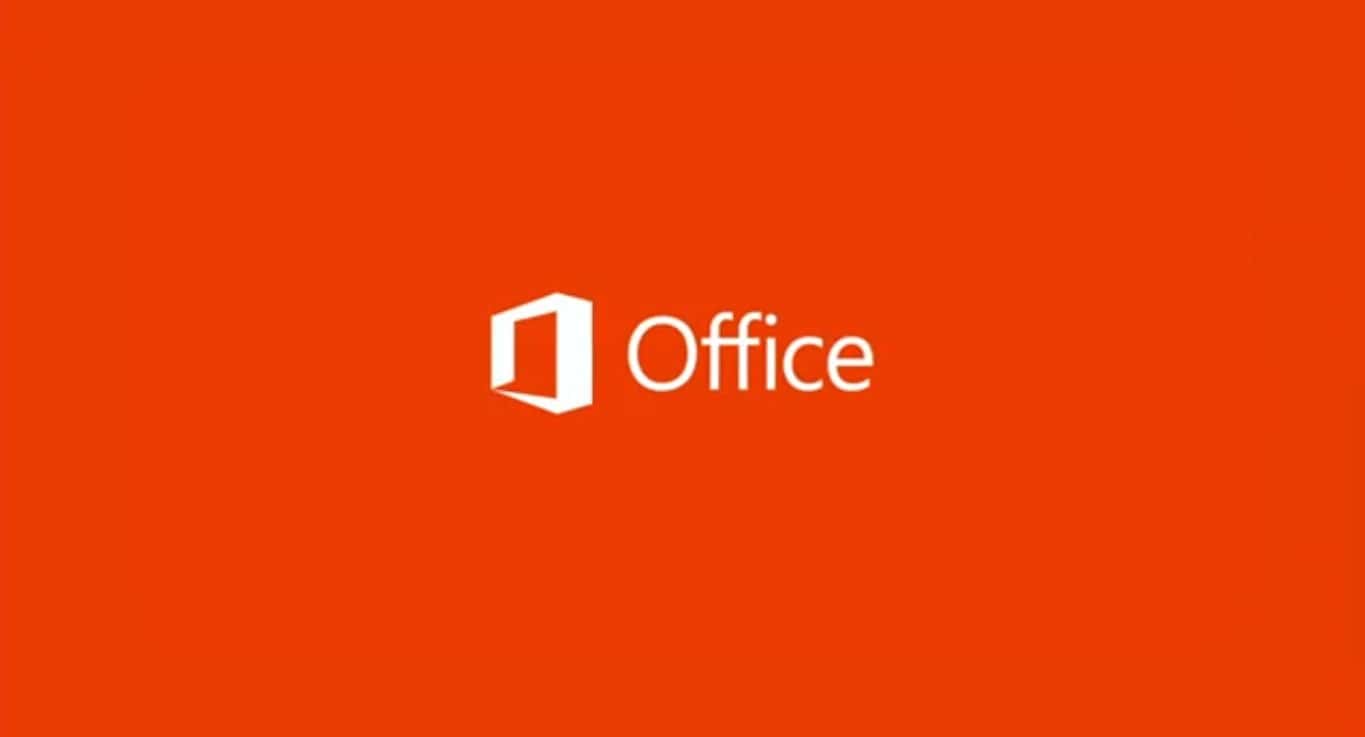Microsoft reiterates KB5021751 just counts outdated Office version users, values privacy
2 min. read
Updated on
Read our disclosure page to find out how can you help MSPoweruser sustain the editorial team Read more

In January, Microsoft announced that it wanted to determine the number of users still using the out-of-support Office versions (and the soon-to-be out-of-support Office 2013 version). The company said this would be done through the KB5021751 it would roll out. However, despite assurances that the update wouldn’t make changes or installation to systems, some users still expressed doubts. With this, the Redmond company issued an advisory and stressed that “Microsoft values, protects, and defends privacy.”
The move is being pushed as Office 2013 approaches its end-of-support date on April 11. As Microsoft has stated before, KB5021751 is solely for figure-identification purposes and wouldn’t make changes or installations to users’ systems. Microsoft reiterated this on its latest Microsoft 365 support entry and said the update wouldn’t collect other customer data.
“This update gathers diagnostic and performance data to estimate the usage of installed Office versions to determine how best to support and service these systems,” the entry reads. “This data is gathered from registry entries and APIs. The update does not gather licensing details, customer content, or data about non-Microsoft products. Microsoft values, protects, and defends privacy … This update will run one time to collect diagnostic data. After this process is done, no files from this update are left on the user’s device.”
KB5021751 will be available via the Windows Update and will be received by users who activated the “Receive updates for other Microsoft products” feature in their system. Specifically, it would only cover systems still using Office 2013, Office 2010, and Office 2007. Those who don’t want to participate can simply deactivate the option located on the Advanced options page of Windows Update in Settings.








User forum
0 messages